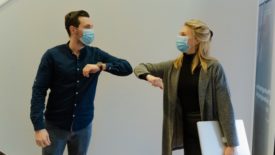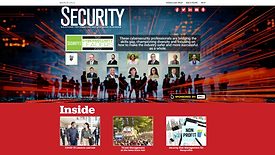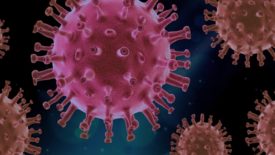Coronavirus Coverage
Catch up on the latest Coronavirus coverage from around the world for the security executive.
Topics
A key role in corporate security leadership is in understanding global vulnerabilities. Here, we cover essential security information for security executives about Coronavirus.
Coronavirus and Business Continuity
Is your organization prepared to ensure operations and core business functions during Coronavirus? Here, we cover threats that Coronavirus poses to business continuity and solutions to minimize disruption.
Coronavirus and Cybersecurity
Scams, fraud, misinformation, ransomware and more: how are cybercriminals exploiting Coronavirus for their benefit?
Economic Impact of Coronavirus
The Coronavirus has had far-reaching consequences beyond the spread of disease and efforts to quarantine it. Here, we cover the impact of Coronavirus on the economy.
Coronavirus and Emergency Planning
Here, we offer emergency management and preparedness practices enterprises should employ during the Coronavirus crisis.
Coronavirus and Telecommuting Employees
The impact of the Coronavirus continues to change the way many organizations handle their day to day operations. One of the most jarring changes is a shift to remote work. What are some of the challenges, solutions and precautions enterprises should be aware of with remote or telecommuting employees?
Coronavirus News
Daily news stories about Coronavirus from around the world for the security executive.
ARTICLES
Inside Security's March 2022 issue: Top Cybersecurity Leaders, COVID-19 lessons learned, risk management & more
Plus: School security & doors, the future of senior security leadership and much more.
March 11, 2022
The Security Podcasts
Implementing Vaccine and Testing Mandates at the Enterprise
January 20, 2022
Get our new eMagazine delivered to your inbox every month.
Stay in the know on the latest enterprise risk and security industry trends.
SUBSCRIBE TODAY!Copyright ©2024. All Rights Reserved BNP Media.
Design, CMS, Hosting & Web Development :: ePublishing







.png?height=168&t=1642019080&width=275)

.jpg?height=168&t=1640803493&width=275)